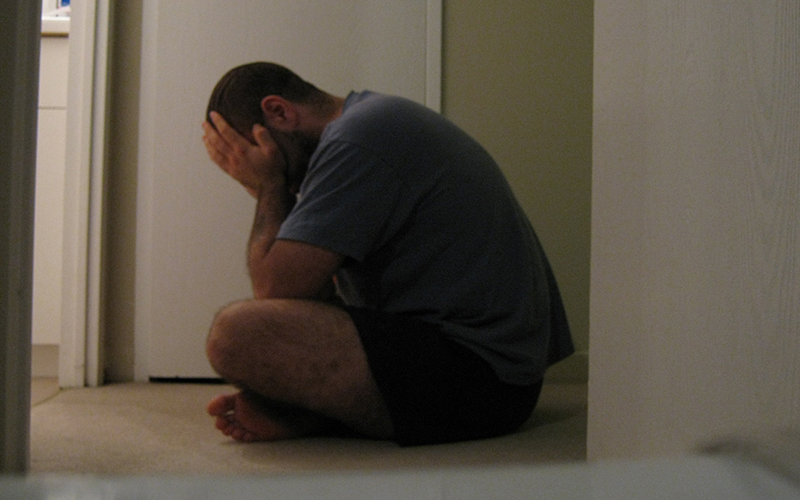
Arizona has one of the lowest rates available of mental health treatment beds in the nation, but some experts credit the state for innovative programs that aim to ease that shortfall. (Photo by Stu/Creative Commons)
WASHINGTON – The U.S. has only about a quarter of the beds that the Treatment Advocacy Center considers a safe minimum for mental health care. And Arizona has only about a third of the national rate.
But despite the numbers – Arizona ranked 49th on Mental Health America’s 2018 report on the State of Mental Health in America – analysts and advocates said the state should get credit for innovative programs it does supply. The state is trying, in the words of Treatment Advocacy Center Executive Director John Snook.
“I think there’s a recognition of that as a problem,” Snook said about the lack of access to treatment in Arizona. “And there are some ideas that the state is looking to that are really working. And so, there’s opportunities for the rest of the state to say, ‘Let’s try to make that happen here as well.'”
Arizona had 4.4 mental health treatment beds per 100,000 residents in 2016, according to the Treatment Advocacy Center, which recommends a minimum of 50 beds per 100,000. The state’s rate was well below the national average of 12 beds per 100,000 people and landed Arizona in 48th place for access to care among states and the District of Columbia.
One reason for the poor showing is that Arizona did not get as much federal Medicare and Medicaid funding as other states from the 1960s through the 1980s, said Paul Gionfriddo, president and CEO of Mental Health America.
“Arizona, because in some respects it didn’t have the healthcare delivery system that was built, basically, with the support of Medicaid dollars, had to explore the alternative to traditional services,” Gionfriddo said.
As a result, experts said, Arizona has developed non-traditional services like a 24-hour crisis response, and various peer support and outpatient programs that offer behavioral health services for people with and without insurance.
But Heidi Capriotti, a spokeswoman for the Arizona Health Care Cost Containment System, said the Mental Health America report does not fully take into account Arizona’s effort to expand non-traditional programs.
“As we begin to look at this broader picture of how we serve our communities with different resources … they (innovative programs) aren’t necessarily considered in the methodology of how MHA does their report,” Capriotti said.
-Cronkite News video by Ariana Bustos
She said “it’s hard to compare apples to apples” between states when Arizona is “doing something unique and different.”
AHCCCS Director Tom Betlach raised the same complaints in a letter to MHA last year, when it ranked Arizona 50th among states and the District.
“We recommend that MHA invest in valid measures that are necessary to actually offer an appropriate assessment of how a state is performing in establishing its ranking system,” Betlach’s letter said. “While we recognize it may be easier to develop a report that only looks at some existing data that is already in the public domain, it is important to recognize the shortcomings of such an approach.”
Gionfriddo agreed that since relatively few states have peer-support and crisis services like Arizona, these programs are not factored into the overall ranking. He said MHA hopes to include such programs in future rankings, if they become more widespread.
He said that Arizona is taking steps forward instead of back, but that as other states improve as well, the ranking may not reflect Arizona’s progress.
While Gionfriddo credits the state for its innovation, he said the care still doesn’t reach enough people. He said more funding must be distributed across the state, focused especially on growing mental health services.
“The will is there, I’m not certain the resources are being put in place to the extent they need to be put in place,” Gionfriddo said. “I mean you can’t do this without spending a lot more money, but investing those dollars can be critically important.”
Snook said when it comes to access, the rural areas often don’t get the same attention as major metropolitan areas. That’s true in most states, including Arizona, he said.
“At the end of the day, what we hear from families often is that the system is trying,” Snook said. “But too often, there just aren’t enough services available. Especially in those rural areas.”
Snook said despite shortcomings, Arizona has a promising outlook.
“There’s some really innovative and exciting things happening, so I would say Arizona is one of those places I would look to and say this is somewhere to be excited about,” he said.